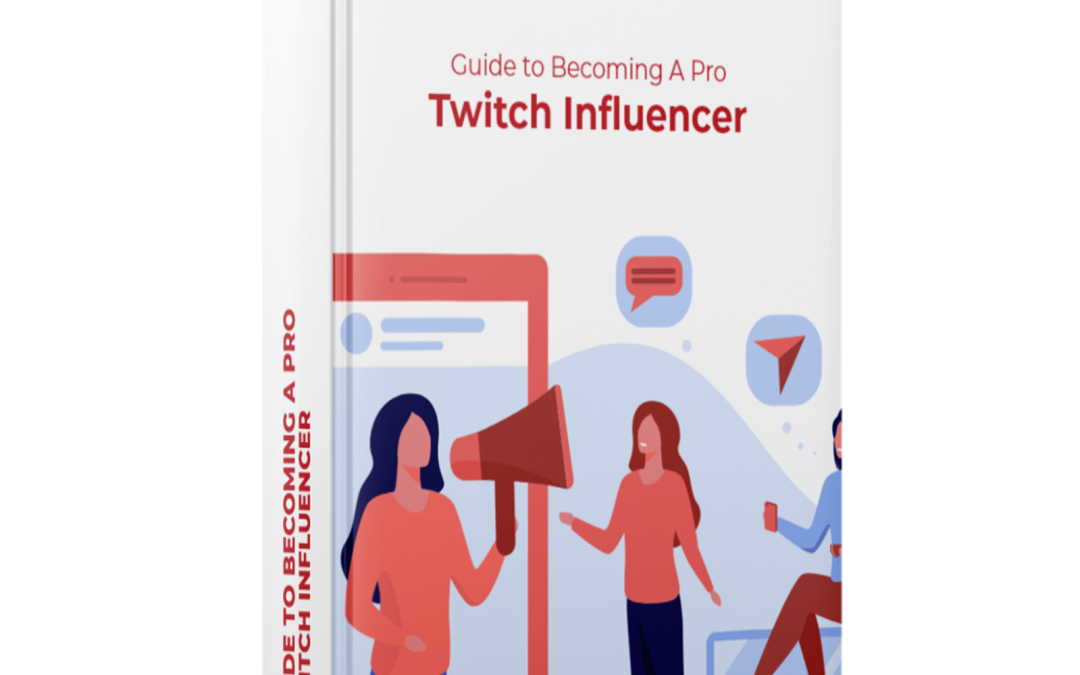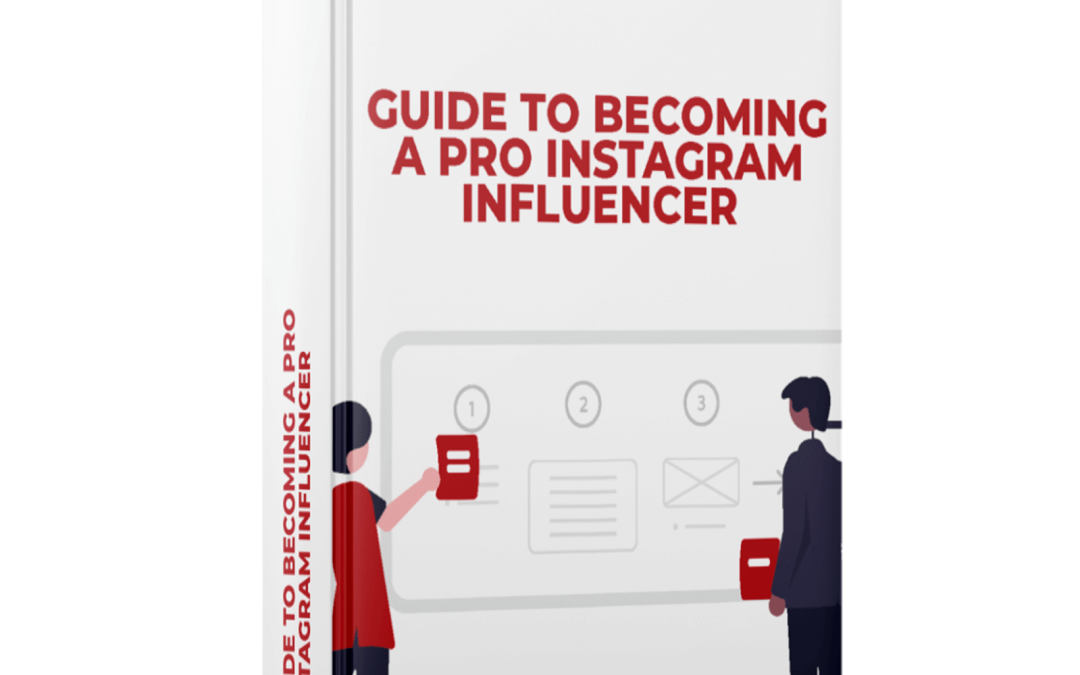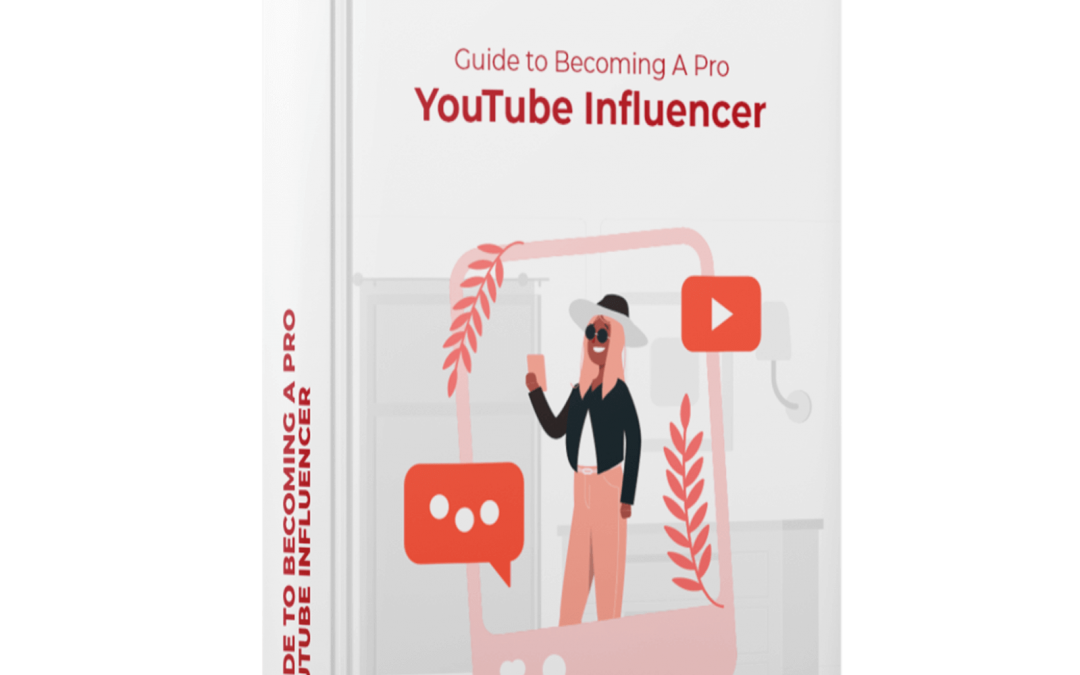While YouTube is the second biggest search engine on the Internet, and attracts billions of eyeballs, there is still a large section of the world’s population that is skeptical or unaware of its earning potential. We need to remember that YouTube is purely a video content aggregator and the main product being offered is also created by users. There are millions of content creators who have given up the stability of a salaried career and made their fortune on YouTube, some of whom are Internet millionaires.
Having just witnessed a pandemic year with a majority of the planet’s population confined to their homes, we can all admit that we spent countless hours on our smartphones or laptops consuming video content. While most creators start off making little to no money, many channels go on to make money, and a lot of it! If you’re wondering how much money YouTubers make and where to begin, you’re in the right place.
We’ll go over the YouTube pay models and monetization strategies and shine a light on some tips & tricks to make a successful channel that could guarantee you a stable income from an engaged fanbase.
The Basic Revenue Model
The standard monetization model that YouTube uses is fairly straightforward.
- YouTube videos have ads that generate AdSense revenue and Google pays 68% of this to the creator. So, if an advertiser was to pay $100, $68 from that goes to the publisher of the video.
- In actual terms, various sources say that the average YouTuber gets paid $0.1 to $o.3 per view. This averages out at $0.18 per view, from AdSense.
- So, if a video was to reach 1000 views, it would generate $18 from AdSense. However, as every viewer doesn’t view ads on YouTube videos, it comes out to an average of $3-$5 per video view.
This value is also subjective and varies based on the following factors:
- The number of views a video receives
- The number of views every ad receives
- The number of clicks an ad receives
- Quality of the ad
- Ad blockers
- Length of the video
- Engagement rate
To give you an idea, the YouTube daily earning estimator screen captured below generates a channel’s estimated earnings based on daily views and average engagement rate.
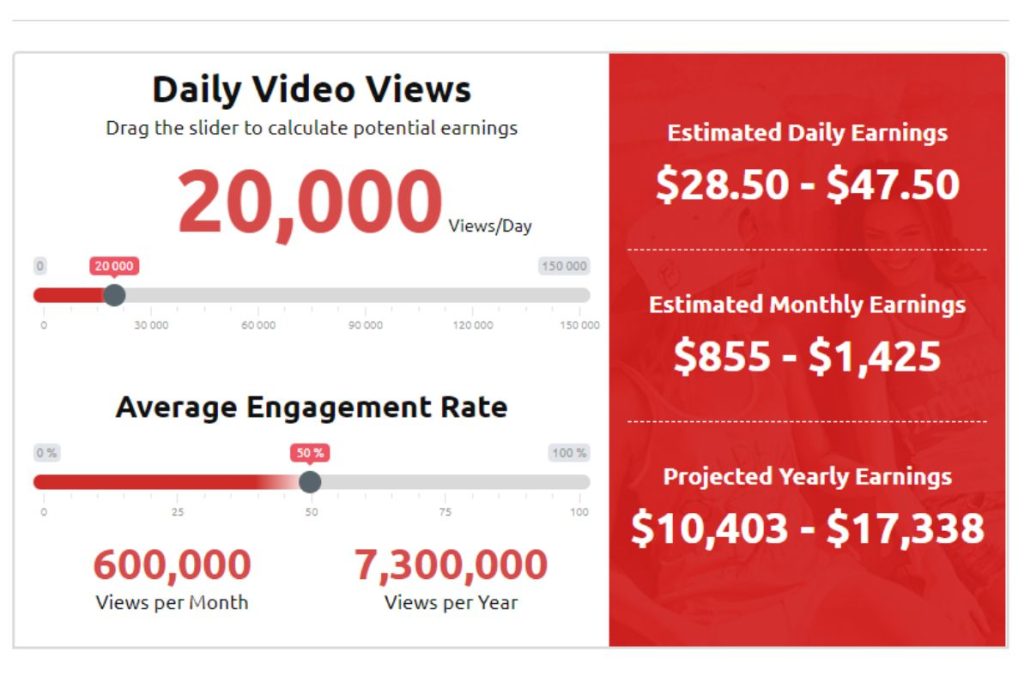
Figure 1: YouTube Daily Earning Estimator. Source: Influencer Marketing Hub
A fairly successful video that receives 75,000 views a day with an average engagement rate of 50% should generate an average of $184.16 per day, $5525 per month, and $ 66300 per year.
Starting A YouTube Channel From Scratch
It is unlikely that users will earn money when they first start uploading videos on their channel. As of 2021, YouTube is now more than 15 years old and is well past its nascent years. There are creators who have established themselves as elite YouTubers and million others who generate massive numbers, making it a crowded marketplace. The most famous YouTuber in the world, PewDiePie, started off making niche Swedish videos in 2010 but has gone on to establish himself as a legitimate global celebrity.
While anyone can create an AdSense account and start a YouTube channel, it takes a certain level of engagement before monetization becomes a viable option. Monetization requires a channel to have 1000 subscribers, 4000 watch hours and compliance with all of YouTube’s policies and guidelines.
To begin earning any substantial amount of note, a channel needs to attract genuine traffic that actually views their video and engages with it, rather than take shortcuts and pay for views. One way to earn revenue with a small number of subscribers is affiliate marketing.
By reviewing super niche products for a small but engaged audience, it is possible to get paid by the brands. This, however, is not a sustainable model and it is recommended that the priority be growing one’s fanbase through regular uploads of videos and high engagement rates.
We have covered this topic in detail in our blog, How to Promote Your YouTube Channel.

Rough Estimates
To get a rough idea of how views, uploads and engagement translate into revenue, let’s look at a couple of examples using the YouTube Money Calculator.
The first example we look at is YouTube superstar Logan Paul. Having started off as one of YouTube’s earliest vloggers, Paul’s following has grown to a point where millions of viewers now tune in to watch him fight Floyd Mayweather Jr., arguably the greatest boxer ever.
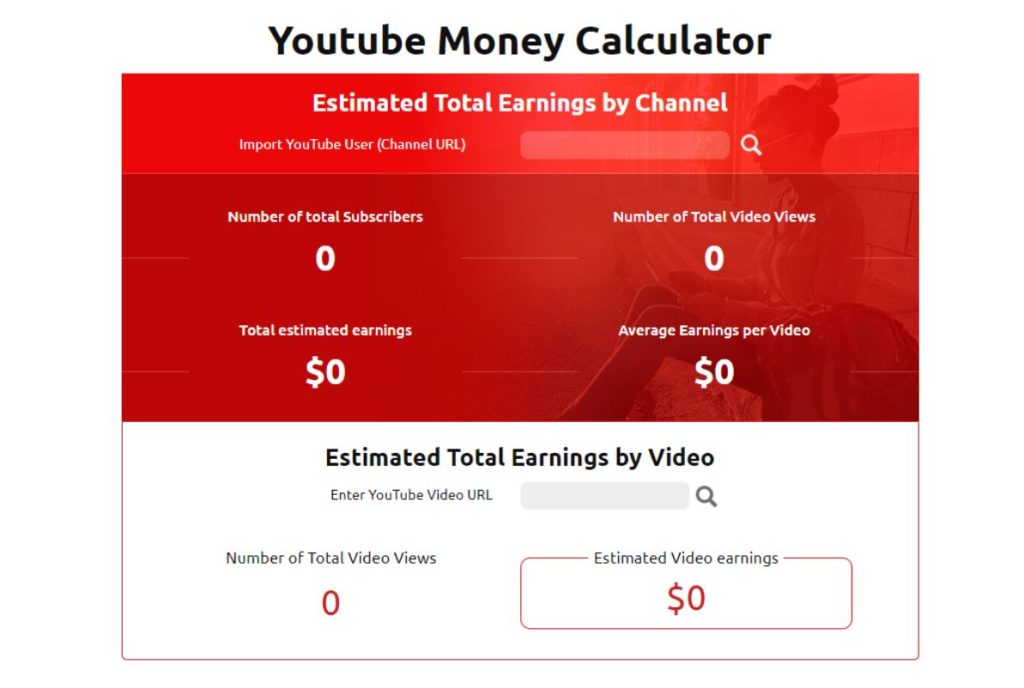
Figure 2: Youtube Money Calculator. Source: Influencer Marketing Hub
Let us break down the numbers. With a massive 22.8 million followers and a whopping 5.8 billion total views, Logan Paul’s videos earn an average of $17,524 per video. This puts his total earnings from YouTube at a staggering $13 million, earning him a place in an elite group of YouTube superstars.
As gaming has taken off as a great option for live streaming on YouTube, particularly in 2020, for our second example let us look at the channel of YouTube streamer GamerFleet.
Having started off fairly recently, his channel has amassed 292000 dedicated subscribers, helping him rack up more than 18 million total views on his videos. This makes his average earnings $246 per video for total estimated earnings of $63,260 – not elite but still substantial.
It must be noted that some niches obviously generate more traffic than others. So, for all YouTubers looking to potentially make a career online, it is imperative to pick a topic that you excel in. This topic should also simultaneously interest audiences, making it a win-win situation for everyone involved. Along with gaming, popular niches include life hacks, celebrity news and gossip, compilations, reviews, how-to videos and animal activities.
In The Thousands – Moderate Success
Once a channel reaches around 10 thousand followers, it is safe to say that it has escaped the graveyard of unsuccessful YouTube channels through consistency and on-camera excellence. At this point, the channel is probably garnering AdSense revenue on a monthly basis.
While this amount might not be substantial enough to live off of comfortably, it is a great starting point to springboard into virality. The creator might be considered a niche influencer at this point and might supplement the YouTube revenue with affiliate marketing, should they choose to go down that path.
A large number of YouTube channels that are around the 20 thousand subscriber mark opt to supplement their revenue by taking the assistance of a crowdfunding platform such as Patreon. Patreon allows creators with loyal fans to release additional and early content that is exclusive to the platform, thereby giving fans an incentive to pay for the content. A very successful example of this is standup comedian Andrew Schulz.
Having used Instagram and YouTube to build a steady following around the world, his Patreon podcast grew to become the number 1 comedy creator on the platform, with revenue of $91,605 per month.
Channels that reach this level should look to optimize their AdWords for a better CPC (Cost per click). At this point, it is likely that smaller brands will be willing to sponsor their content for endorsements and screen presence which should be substantial.
The fine line that most creators need to be wary of is that most users on the platform are anti-establishment and might be averse to their heroes making money off them on YouTube. On the other hand, a lot of users believe that viewers should double up as producers to receive better content and hence would not be averse to paying.

In The Millions – Building A Brand
As the popular online adage goes – ‘success begins at 1 million’. This cannot be truer for YouTube. This is the point where channel owners actually start feeling the benefits of their virality. By now they have attained substantial fame and are considered a successful influencer in their niche. This too, however, is a crowded space. As of 2021, there are more than 22 thousand YouTube channels with more than 1 million subscribers.
While most of these are content creators on the platform itself, some are online channels for offline artists such as music labels on YouTube or celebrity musicians. Once you cross the million-subscriber mark, the channel is ready for substantial AdSense revenue.
It is imperative that the channel constantly puts out new content. The thumb rule is to put out 1-2 videos a week. If a channel manages to put out 2 videos a week and gets 1 million people to watch it, their revenue would be: 1000 X $18 X 2 to earn them $36000 a week from AdSense revenue alone.
At this juncture in a channel’s life cycle, it is likely to have sponsorship opportunities, product placements and endorsements. The face behind the channel can also monetize their fame through merchandising opportunities and live events. If the channel is reviewing a product or service, the revenue from affiliate marketing at this level also increases exponentially.

The Superstars Of YouTube
If you thought that the top earning channels of 2020 use top-of-the-line equipment and state-of-the-art production technology, think again. The top earners from YouTube for 2020 were:
10. Jeffree Star
Earnings: $15 million | Total Views: 600 million | Total Subscribers: 16.9 million
9. David Dobrik
Earnings: $15.5 million | Views: 2.7 billion | Subscribers: 18 million
8. Blippi (Stevin John)
Earnings: $17 million | Views: 8.2 billion | Subscribers: 27.4 million
7. Nastya (Anastasia Radzinskaya)
Earnings: $18.5 million | Views: 39 billion | Subscribers: 190.6 million
6. Preston Arsement
Earnings: $19 million | Views: 3.3 billion | Subscribers: 33.4 million
5. Markiplier (Mark Fischbach)
Earnings: $19.5 million | Views: 3.1 billion | Subscribers: 27.8 million
4. Rhett and Link
Earnings: $20 million | Views: 1.9 billion | Subscribers: 41.8 million
3. Dude Perfect
Earnings: $23 million | Views: 2.77 billion | Subscribers: 57.5 million
2. Mr. Beast (Jimmy Donaldson)
Earnings: $24 million | Views: 3 billion | Subscribers: 47.8 million
1. Ryan Kaji
Earnings: $29.5 million | Views: 12.2 billion | Subscribers: 41.7 million
The top YouTube earner for 2020 with a whopping $29.5 million is 9-year-old American, Ryan Kaji. His channel consists of videos of him exclusively unboxing and reviewing toys and games for a loyal army of followers. He has also earned an estimated USD 200 million from Ryan’s World branded toys and clothing, including Marks & Spencer pyjamas. His personal brand has grown to a point where it is being reported that Nickelodeon is giving him his own show!
With his channel growing bigger every day since he began in March 2015, his family officially changed their surname from Guan to Kaji. His family members own 9 YouTube channels between them.
Want to become a YouTube superstar? Read our blog, 10 YouTube Marketing Tips for High Ranking Videos, to learn more.

CPC vs CPM
When it comes to YouTube advertising monetization, these are two of the most important acronyms.
CPM stands for Cost Per Mille, which is Latin for 1000. CPM is the cost per 1000 impressions, which in the case of YouTube is the number of views. An advertising rate quoted in CPM is a rate for 1000 views per video, which is more than 30 seconds. When an advertiser chooses to play their ad at the start of video, they pay a rate expressed in CPM.
CPC stands for Cost Per Click, which is a way more traditional mode of YouTube advertising. Ads that are placed around the video but not actually placed in the video are charged on a CPC basis.
The instability of CPM YouTube ad rates makes it a challenge to calculate. The CPM rates are constantly fluctuating through the year and depend on various factors to determine a cost. These include audience type, niche, inventory, content and geography. Just like the formula for RPM, CPM uses the size of the audience instead of the number of views that are monetized. This gives us the revenue an advertiser gets for every 1000 impressions.

Alternate Revenue Streams
There are alternate ways to make money from YouTube, outside of traditional ads. Most YouTubers diversify their revenue streams to optimize their earnings. Some of these streams include:
Affiliate links
When a YouTuber reviews a product or service or throws in the name of a brand in a podcast as an endorsement, these are examples of affiliate links. Affiliate links involve a YouTuber reviewing or mentioning a product, such as makeup, or a service, such as marketing software. YouTubers earn a percentage of what audiences pay when they click on the link and make a purchase.
Merchandise
Fans of gamers, vloggers, comedians and podcasts on YouTube are often enticed to be a part of an exclusive community through merchandise available on the online store. By creating a brand out of their YouTube presence, creators sell accessories, sneakers, shirts and bags to their fans.
Sponsorships
YouTube has over 2 billion monthly users and 1 billion hours of watching per day, making it an effective advertising avenue for brands. With its reach and audience, companies are going to want to partner with you. Brands are often willing to sponsor YouTubers for reviews and promotions of their products to boost sales.
Take a deep dive with our blog, Ultimate Guide to Becoming a YouTube Content Creator, for a better understanding.

With the growing influence of the internet and the undeniable popularity of YouTube, making a living of the platform is becoming more of a reality to large parts of the population. Many continue to thrive in an excellent career by posting content on YouTube and have become household names. We could be moving to a world where in a few years, the biggest celebrities all have their roots in YouTube.
As we have shown in this article, the top YouTubers receive a very healthy income indeed. While it isn’t easy money, one has to devote considerable time, energy, and resources into creating a channel and building up a sufficiently large and active community of engaged viewers to stay financially viable. Consistency, quality and engagement are key.
If you’ve got any influencer marketing-related questions, we at Atisfy are here to help you. Our AI-based platform, Atisfyre, helps influencers establish a strong presence across social media platforms and connect them with brands for paid collaborations. Sign up today. It’s free!






